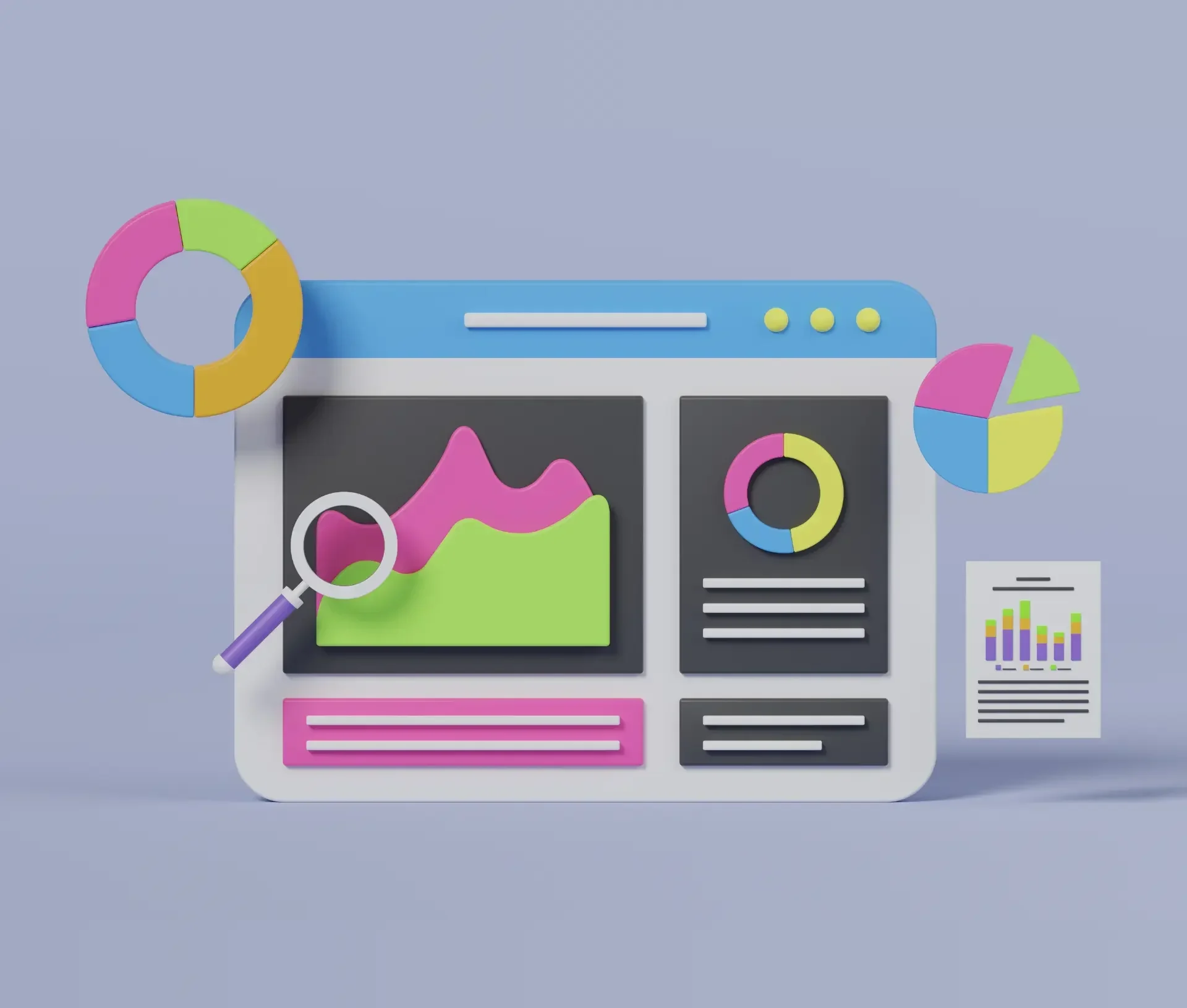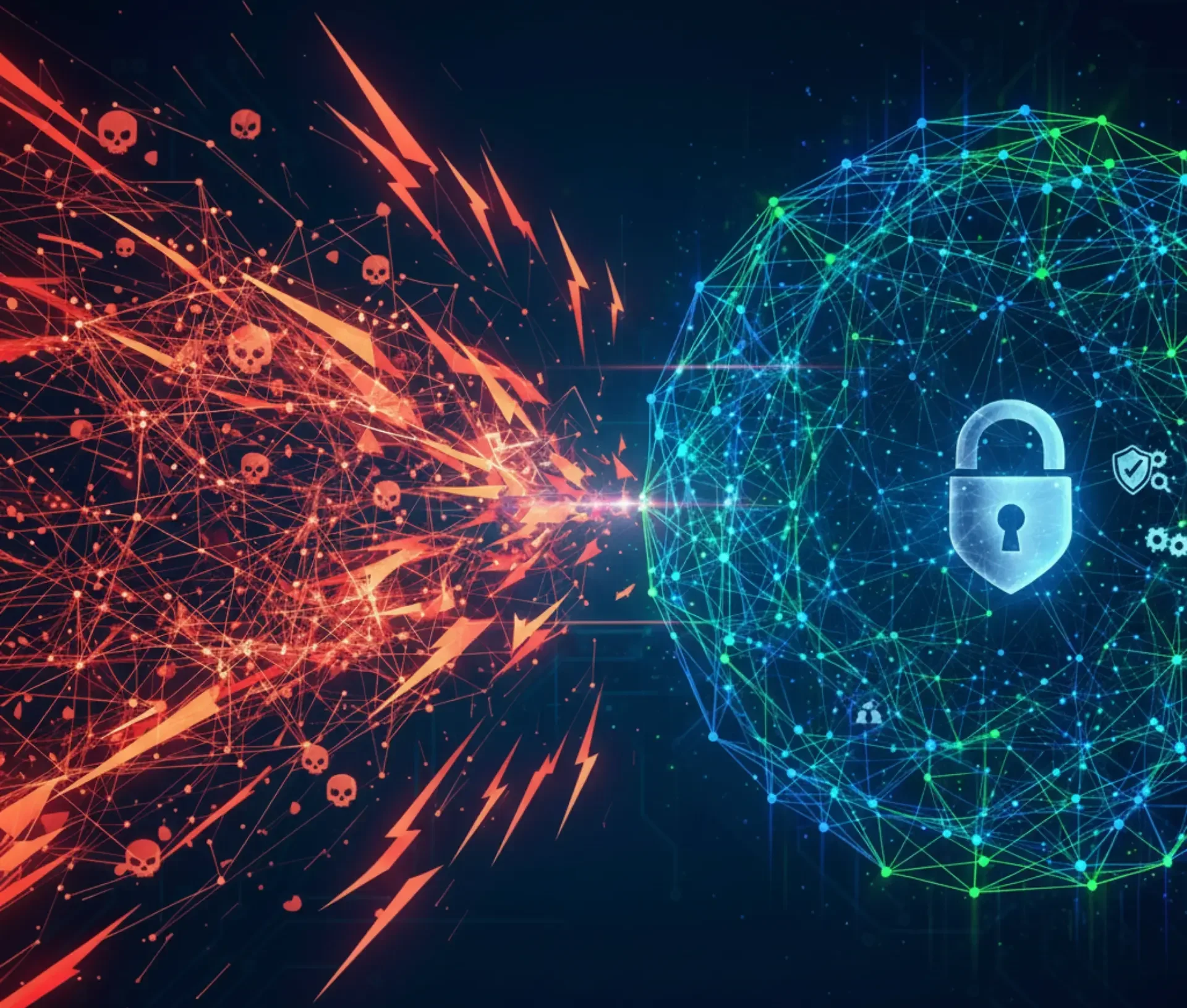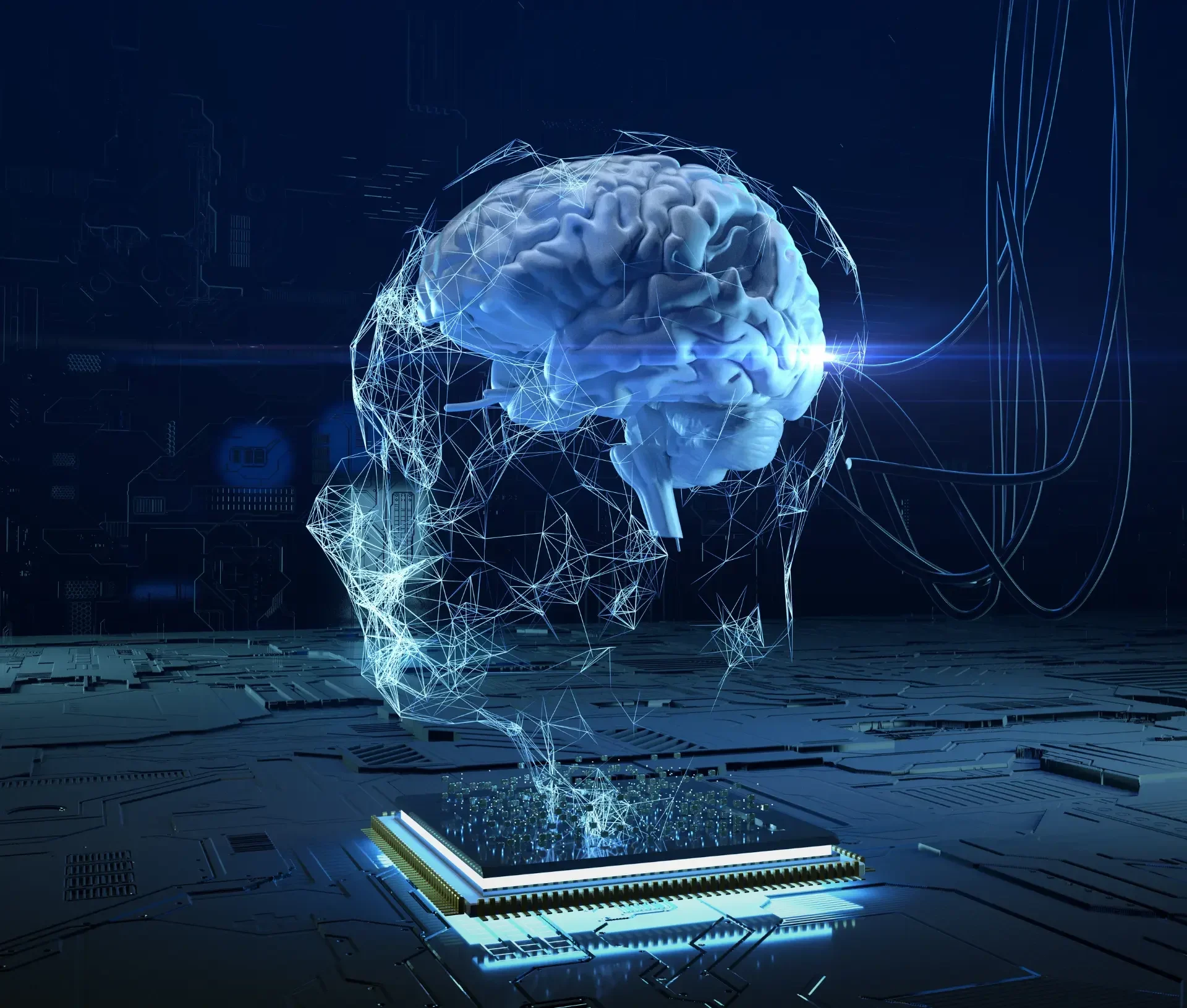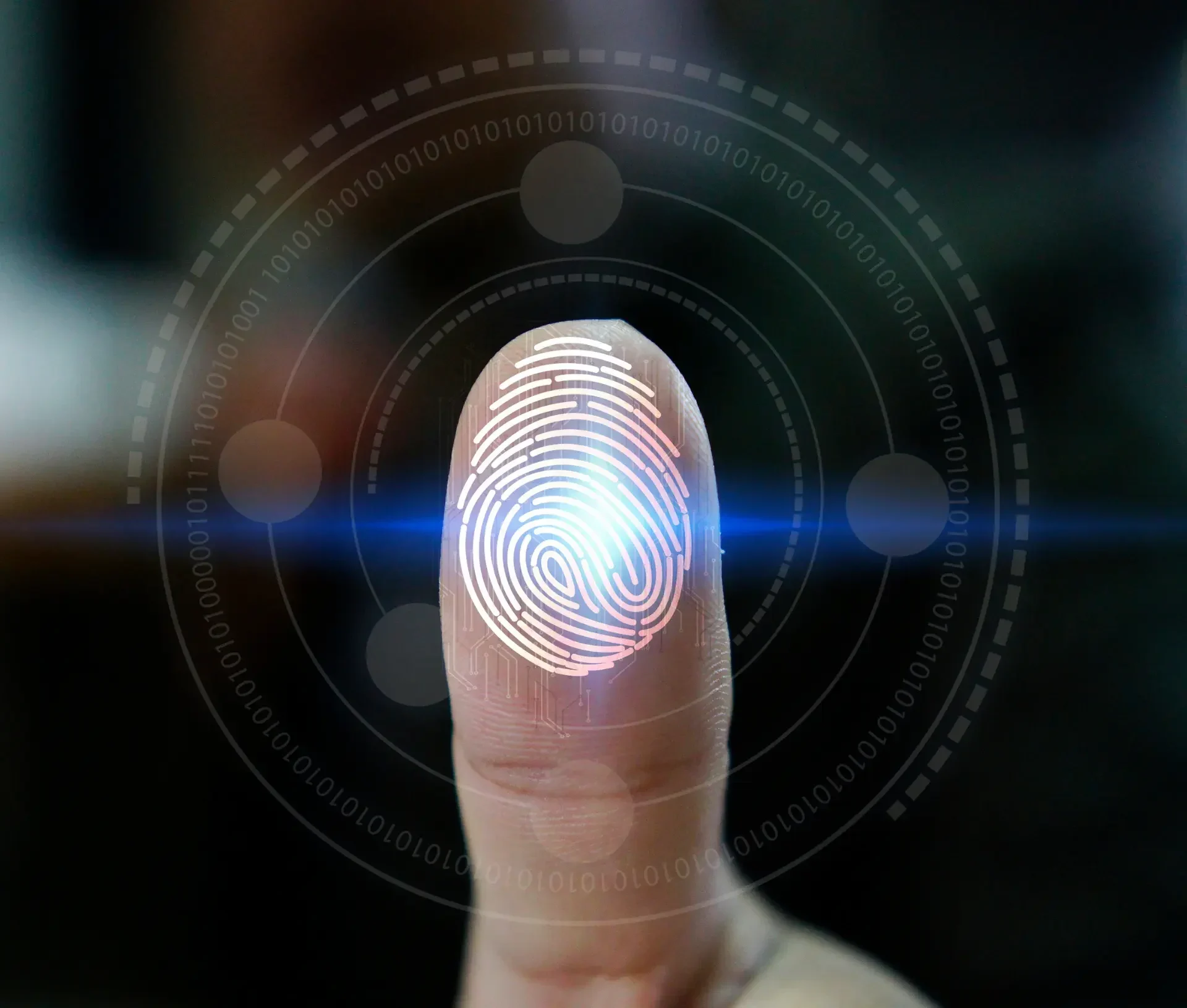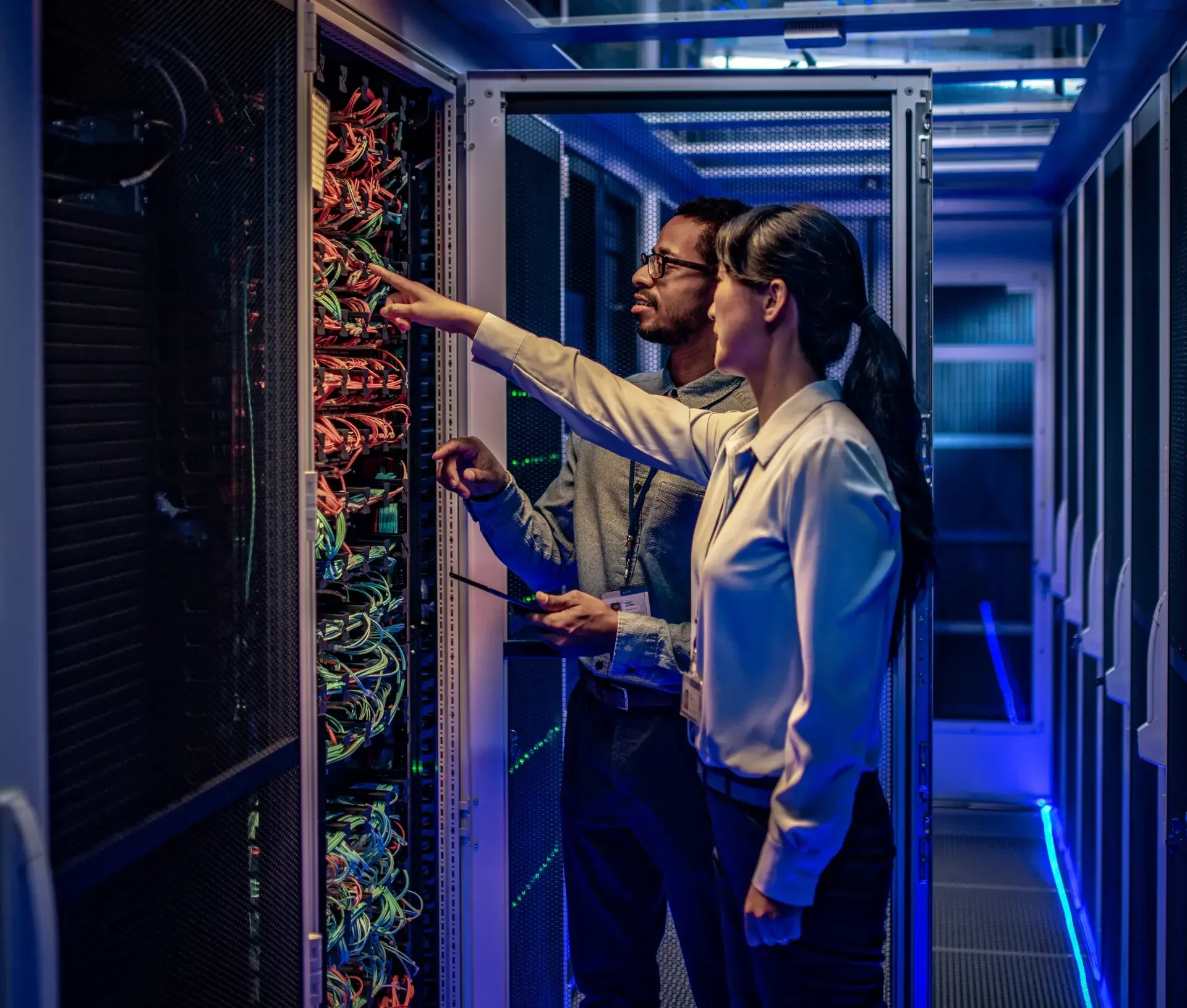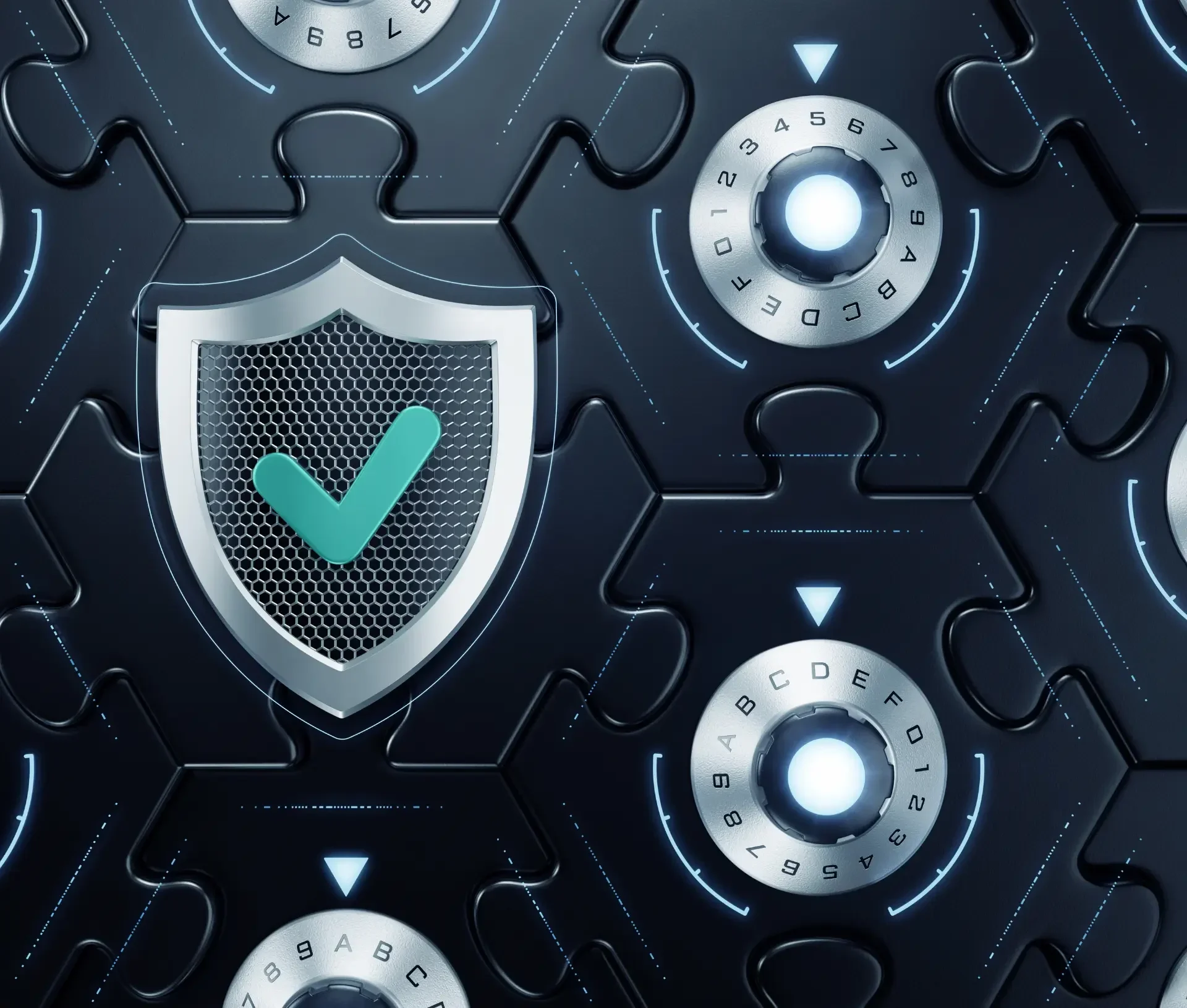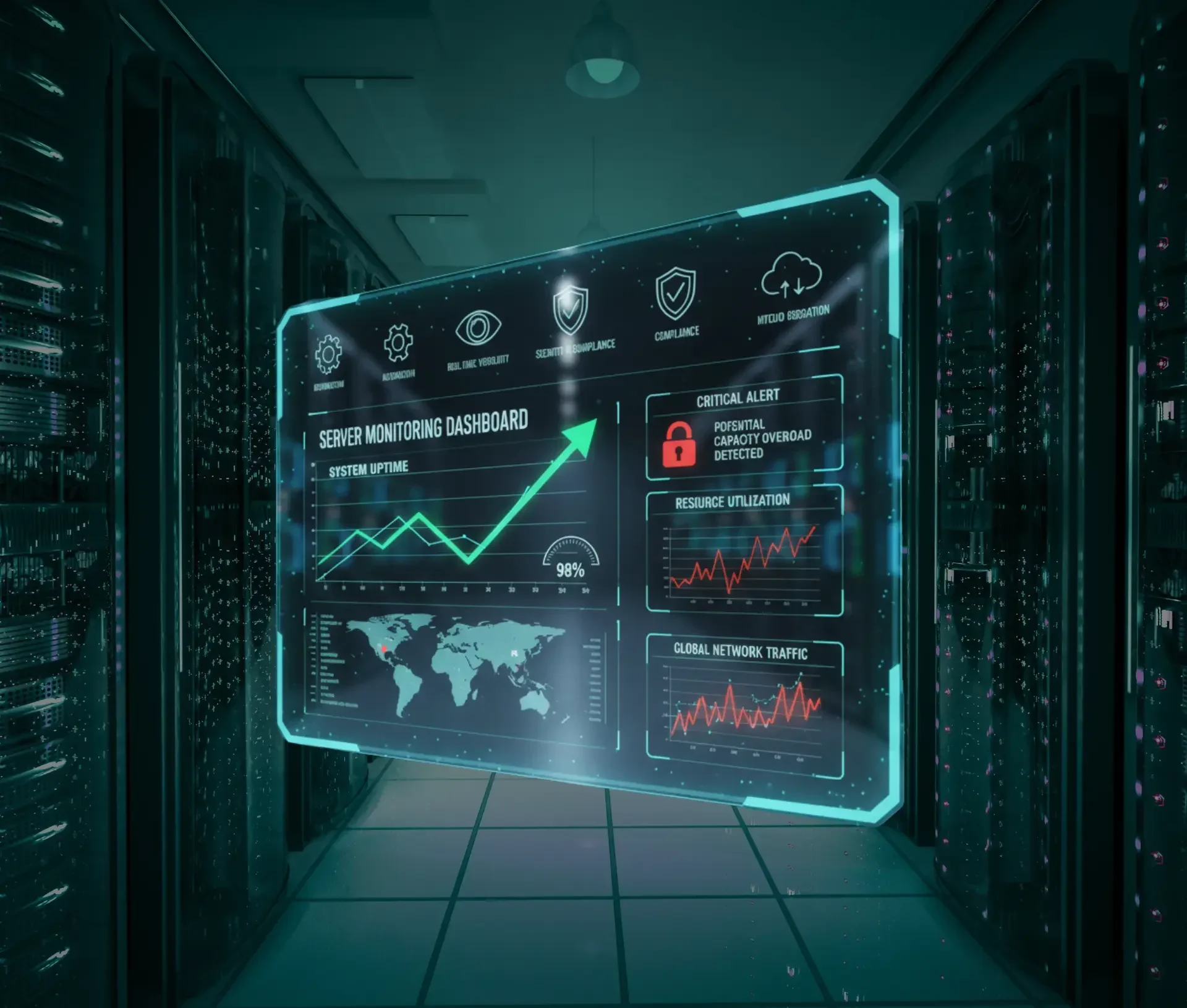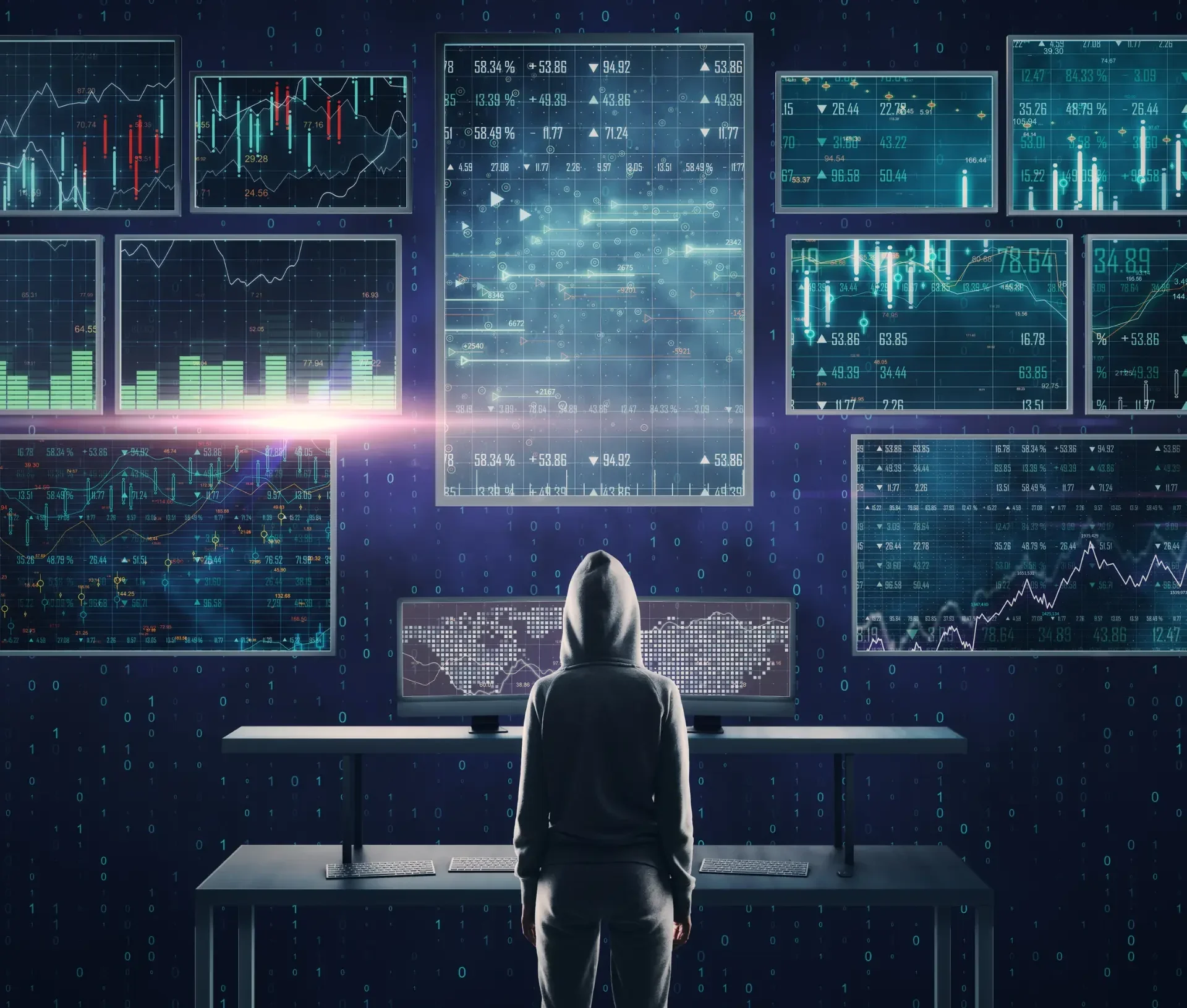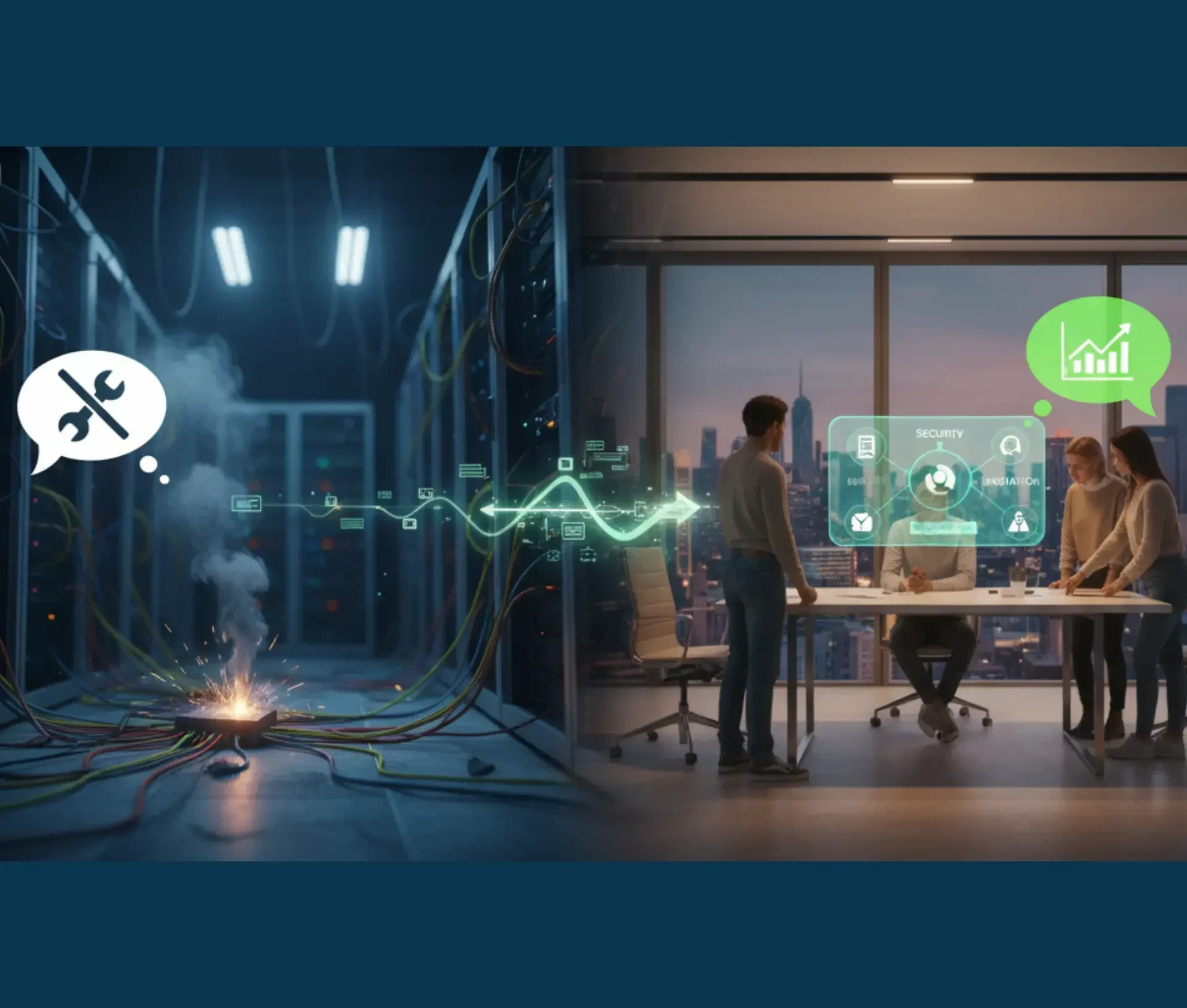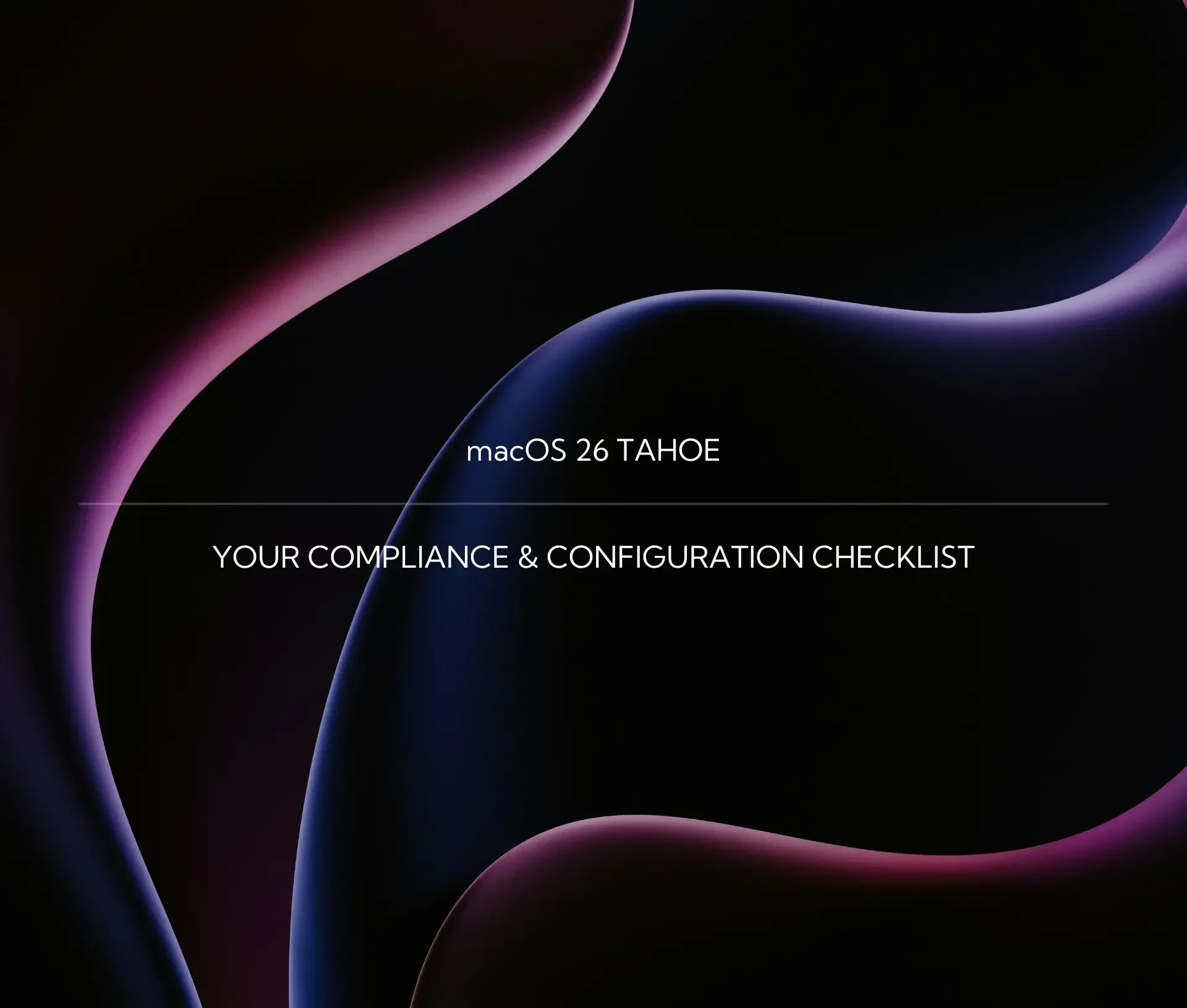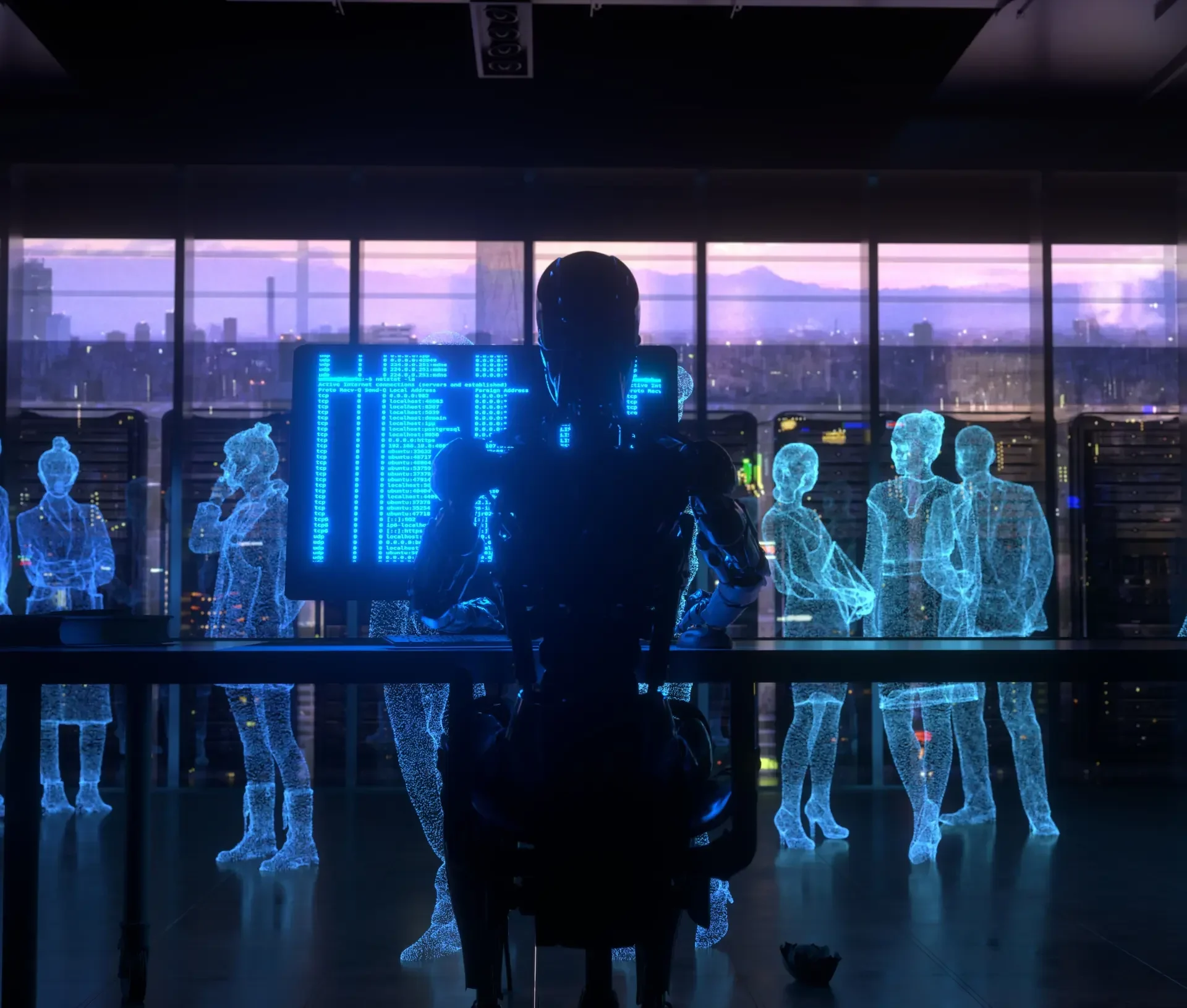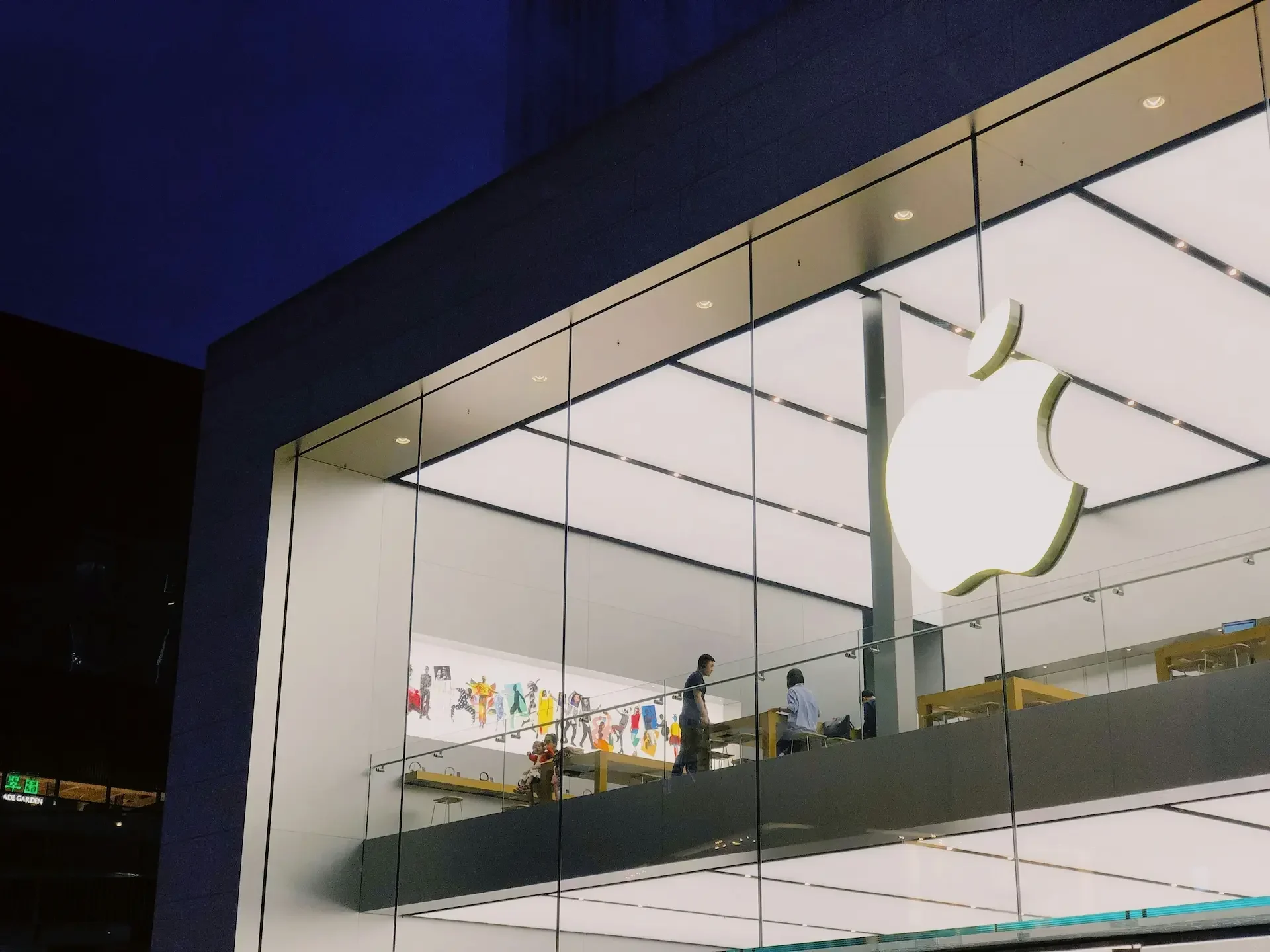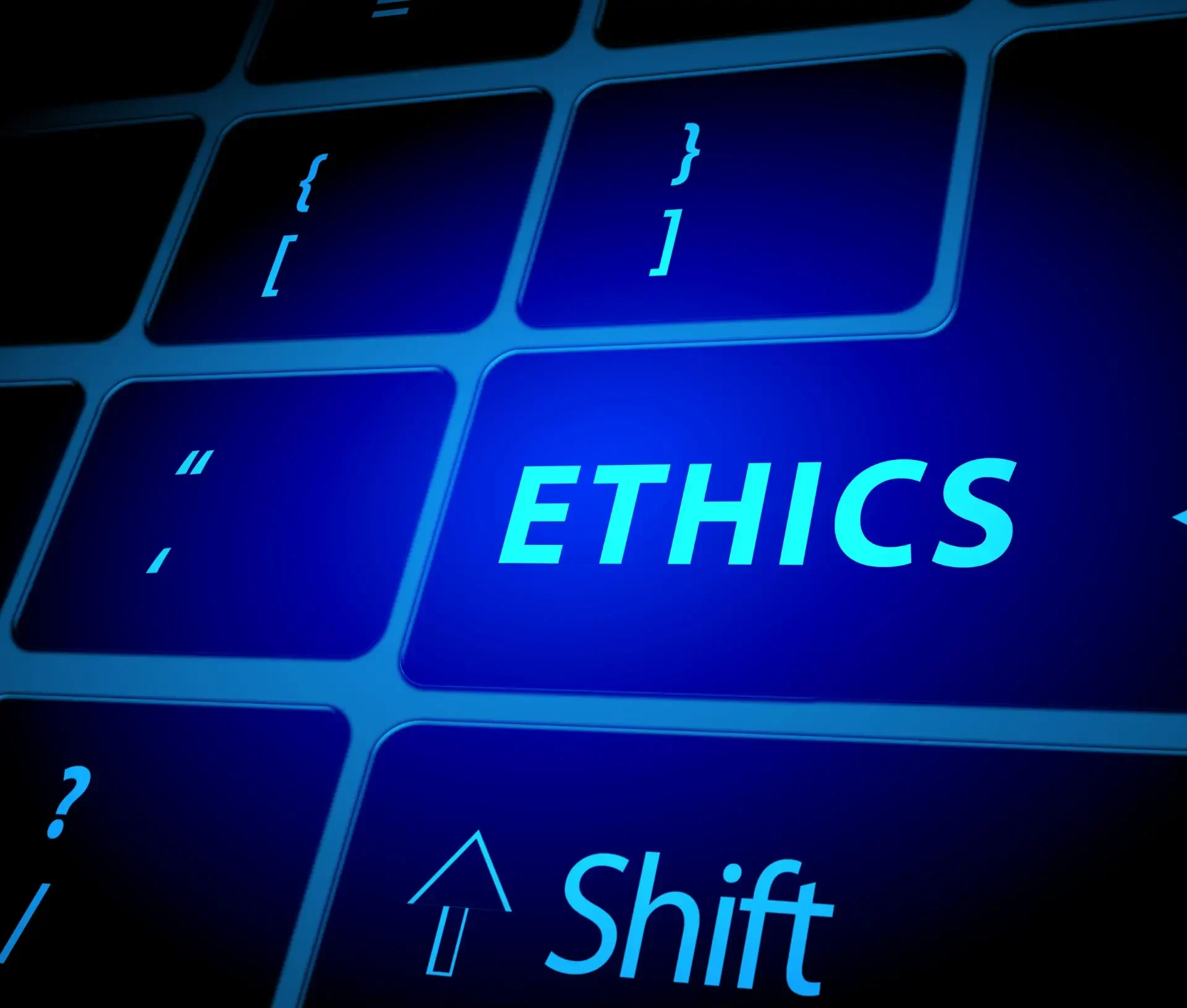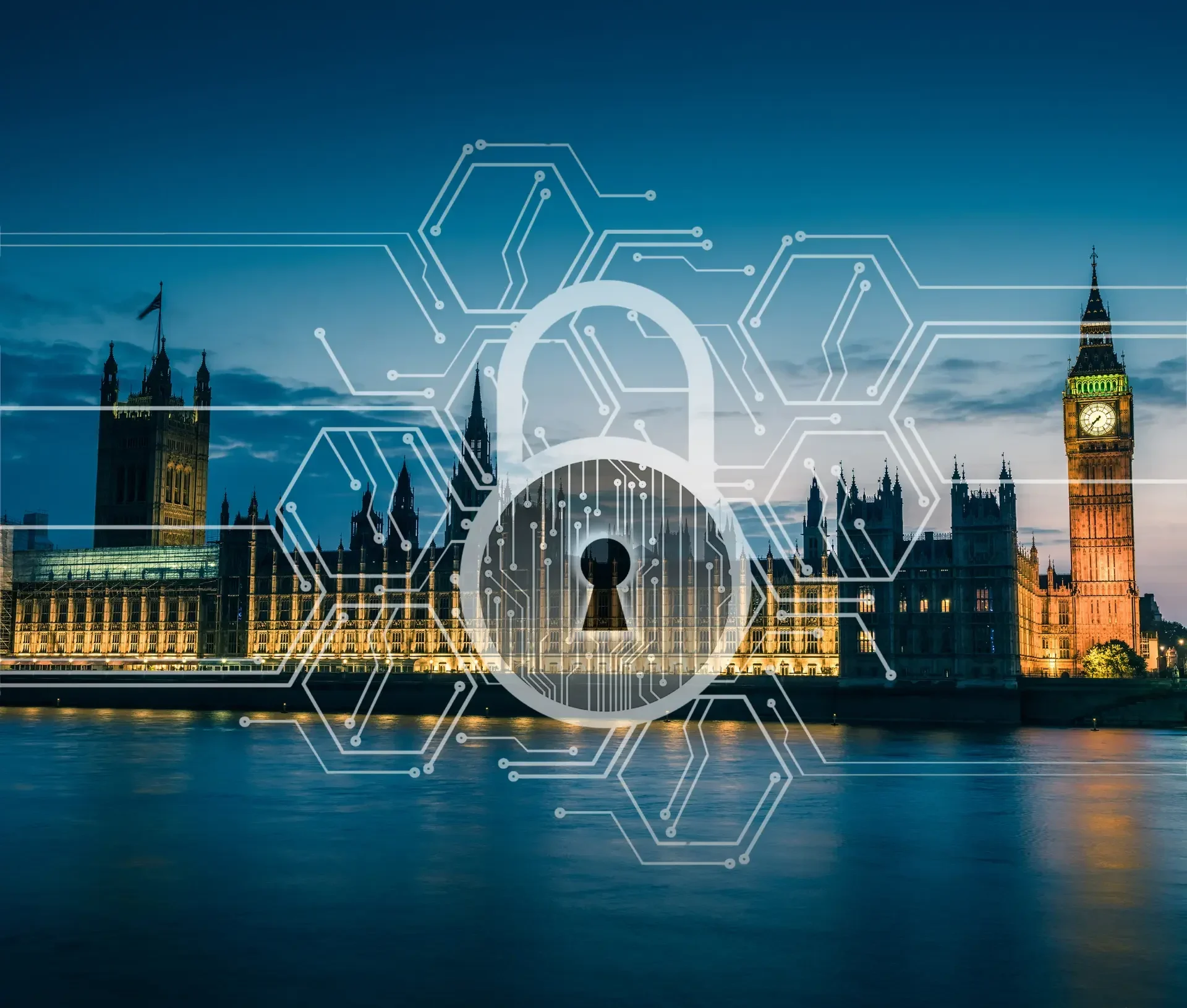AI is making social engineering harder to spot, and far more convincing. Deepfakes, cloned voices, and synthetic emails are turning traditional phishing into full-scale identity manipulation. Businesses need cyber awareness, smarter verification, and automation to keep people safe.
What Is Social Engineering 2.0?
Social engineering has always relied on one thing: human trust.
But in 2025, attackers are using generative AI to create messages, voices, and videos so convincing that even trained staff struggle to tell the difference.
Where once you could spot a phishing email by a misspelt name, now you might receive a deepfaked video call from your CEO, asking for an urgent payment.
This evolution of deception is what we call Social Engineering 2.0.
How Are Deepfakes Used in Cyber Attacks?
AI tools can now:
- Clone voices in seconds from short audio samples.
- Generate realistic video of anyone saying almost anything.
- Write personalised phishing emails using real-world data.
Attackers use these techniques to trick employees into sharing credentials, transferring funds, or approving actions that appear legitimate.
The result? A new kind of AI-powered impersonation that blurs the line between real and fake.
Why AI Impersonation Creates a New Insider Threat
The most dangerous attacks no longer come from strangers – they come from familiar faces.
When a trusted identity is faked, every security layer built on recognition or authority begins to crumble.
Common examples include:
- A deepfaked voice note from a manager approving an expense.
- A synthetic video message asking HR to update payroll details.
- An email chain cloned to include “known” colleagues, complete with their writing style.
This form of synthetic insider threat exploits relationships, not firewalls.
Think you’d spot a fake video call?
Train your team for the new age of AI deception.
Ask Dr Logic about cyber awareness programmes and automated protection.
How Can Businesses Defend Against AI-Driven Social Engineering?
1. Add multi-layered verification
Use multi-factor authentication (MFA) and direct secondary channels (e.g., Teams or phone calls) for all high-risk approvals.
2. Train for realism
Cyber awareness training now needs to include exposure to AI-generated examples, not just classic phishing.
3. Adopt identity-first security
Implement Zero Trust and strict access controls so impersonation alone can’t grant access.
4. Monitor behaviour, not just credentials
AI detection tools can flag unusual login locations, tone patterns, or device activity.
5. Strengthen supplier trust chains
The risk extends to external partners, validate all third-party communications.
Can Automation Help Stop the Spread of Deepfakes?
Yes. Automation can identify and isolate suspicious activity before it reaches users.
At Dr Logic, we use automated detection and update management to limit exposure from unverified sources, helping teams avoid the stress of fake alerts or compromised links.
By proactively monitoring systems, we help your people focus on their work, not on wondering if that message was real.
Why the Human Element Still Matters
Even in an age of AI, human intuition is irreplaceable.
Automation can filter threats, but people need to stay aware of what manipulation looks like.
That’s why Dr Logic blends cyber security awareness, device management, and smart automation, so protection happens both in the cloud and in the conversation.
Stay ahead of AI-driven threats
Protect your people and your reputation with Dr Logic’s cyber security and automation solutions – designed for the era of deepfakes and AI deception.
Related Articles
- Beyond MFA: Adaptive Authentication for Smarter Security
- Cyber Security Checklist for SMEs: How to Protect Your Business in 2025
- Zero Trust Security: Why “Never Trust, Always Verify” Is the 2025 Cyber Security Mindset
FAQs
What is social engineering 2.0?
It’s the next generation of social manipulation, powered by AI, including deepfakes, cloned voices, and synthetic identities.
How do deepfakes threaten businesses?
They enable attackers to impersonate trusted figures and trick staff into revealing data or making payments.
What is an AI impersonation attack?
An attack where artificial intelligence mimics someone’s appearance, voice, or writing style to gain access or money.
How can automation reduce risk?
Automated threat detection and patching prevent exposure to malicious files or fake domains before employees interact with them.
What's the best defence against AI-based social engineering?
Combining human awareness, multi-factor verification, and AI-powered monitoring within a Zero Trust framework.



